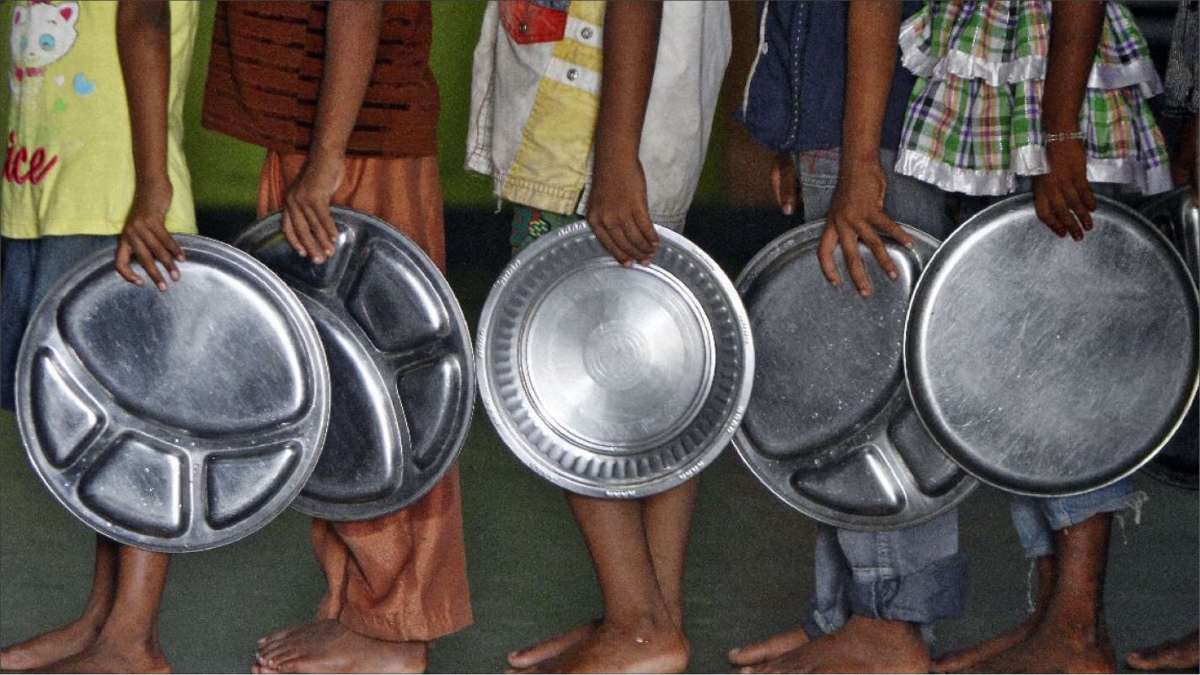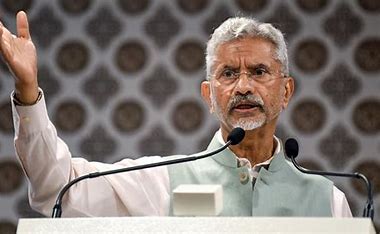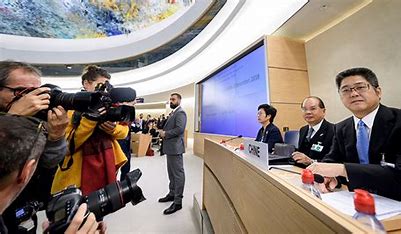
Consider the following: India has an army of women workers tracking the health and nutrition levels of women and children in rural areas using mobile phones and digital technology, it has an expanding policy to transition rural women from wood-fired stoves, and it has rising numbers of women voters. So, what is going to happen in the future because of all this? A possible rise in economic productivity. How? Because this is the beginning, in a sense, of a virtuous cycle powered by technology and public policy.
Anganwadi workers are some of the most important grassroots workers in health and nutrition in India. They play a critical role in a child’s growth and holistic development as part of the Integrated Child Development Services (ICDS) scheme. They assist with pre-school education and primary healthcare and nutrition to children under the age of six, nursing mothers, and pregnant women in rural India. To better monitor the development of these vulnerable groups, Anganwadi workers were provided with smart phones under the POSHAN Abhiyan (2018). A dedicated platform, the ICDS-Common Application Software, was rolled out to track and improve effectiveness of the programme. In 2018, it was the largest e-Nutrition and Health programme in the world, with over 1.1 lakh data entry devices across seven states, including Jharkhand, Rajasthan, Uttar Pradesh, and Bihar.
The Union Budget for 2021-22 launched the POSHAN 2.0, which is set to strengthen the fight against malnutrition. It focuses on 112 aspirational districts, thus making dedicated efforts towards improving health and nutrition from the ground up. It recognised that even in the midst of a pandemic, malnutrition is still a pertinent issue that must be tackled.
Such endeavours shall only grow in the future as India rolls out its National Digital Health Mission, which Prime Minister Narendra Modi spoke of in his Independence Day speech in 2020, and which envisages a digital id for every citizen. This will enable more tools that could be rolled out using the aaganwadi network and mobile phones-based technologies.
This endeavour must be seen in connection with the successful Ujjwala scheme rolled out across the country since 2016 with millions of beneficiaries, and now, through the latest budget, made available to 10 million more. The central idea of Ujjawala is to replace indoor wood-fired stoves with those fuelled by liquified petroleum gas (LPG) through the distribution of gas connections. As per a WHO (World Health Organization) report, the smoke inhaled by women who used unclean fuel was equivalent to burning 400 cigarettes in one hour. Thus, the scheme protects millions of mainly women from indoor air pollution, which affects a very great number of, again primarily, women in the country.
The scheme has successfully benefitted over 1.46 crore BPL (below poverty line) families in Uttar Pradesh, 88 lakhs in West Bengal, 85 lakhs in Bihar, 71 lakhs in Madhya Pradesh and 63 lakhs in Rajasthan. Prime Minister Narendra Modi highlighted the impact of the Ujjwala scheme and the role of technology in its success, saying, “Technology has helped us in recognising the 8 crore women who were still using coal or wood for cooking. It also helped us in understanding how many new distribution centres must be built, via the help of technology.”
Now, this must further be connected to rising numbers of women voters in India. So much so that in many areas, it could be accurately argued that women voters now played the role of a distinctive constituency. In the 2019 Lok Sabha elections, women voters outnumbered men in states Bihar, Tamil Nadu, Andhra Pradesh and Odisha among others. Women voter turnouts also rose in Uttar Pradesh.
All of this is creating a virtuous cycle. Healthy women are more likely to contribute more effectively as citizens and as workers in the economy. They are more likely to seek education for themselves and their children. As an International Monetary Fund (IMF) paper by the researchers David Bloom, Michael Kuhn and Klaus Prettner notes, “investment in women—particularly in their health and education—promises to pay substantial economic dividends”. They add, “Educated women enjoy more secure employment and higher wages (as much as 10 to 20 per cent for each additional year of schooling). Educated women’s agricultural output is greater, and their mortality—and that of their children—is lower”. In 2014, a report from the World Bank by Claudio Montenegro and Harry Patrinos discovered that each additional year of schooling hikes women’s earnings by an average of 11.7 per cent versus 9.6 per cent for men. Additionally, a United Nations report calculated in 2015 that women work more than men by an average of 30 minutes a day in developed economies and 50 minutes a day in developing economies.
So, when one connects all the elements—spread of digital technology, the arrival of digital health, emphasis on nutrition and hygiene among women, and increasingly electoral activity among women—what one gets is a unique combination of factors that is likely to raise productivity significantly. This rise of virtuous cycle is often lost in the noise of everyday news, but it may be more critical than almost any other thing in the future.
Ankita Sharma is Assistant Vice President and senior researcher, and Hindol Sengupta is Vice President and Head of Research at Invest India, the national investment promotion agency. Views are personal.















